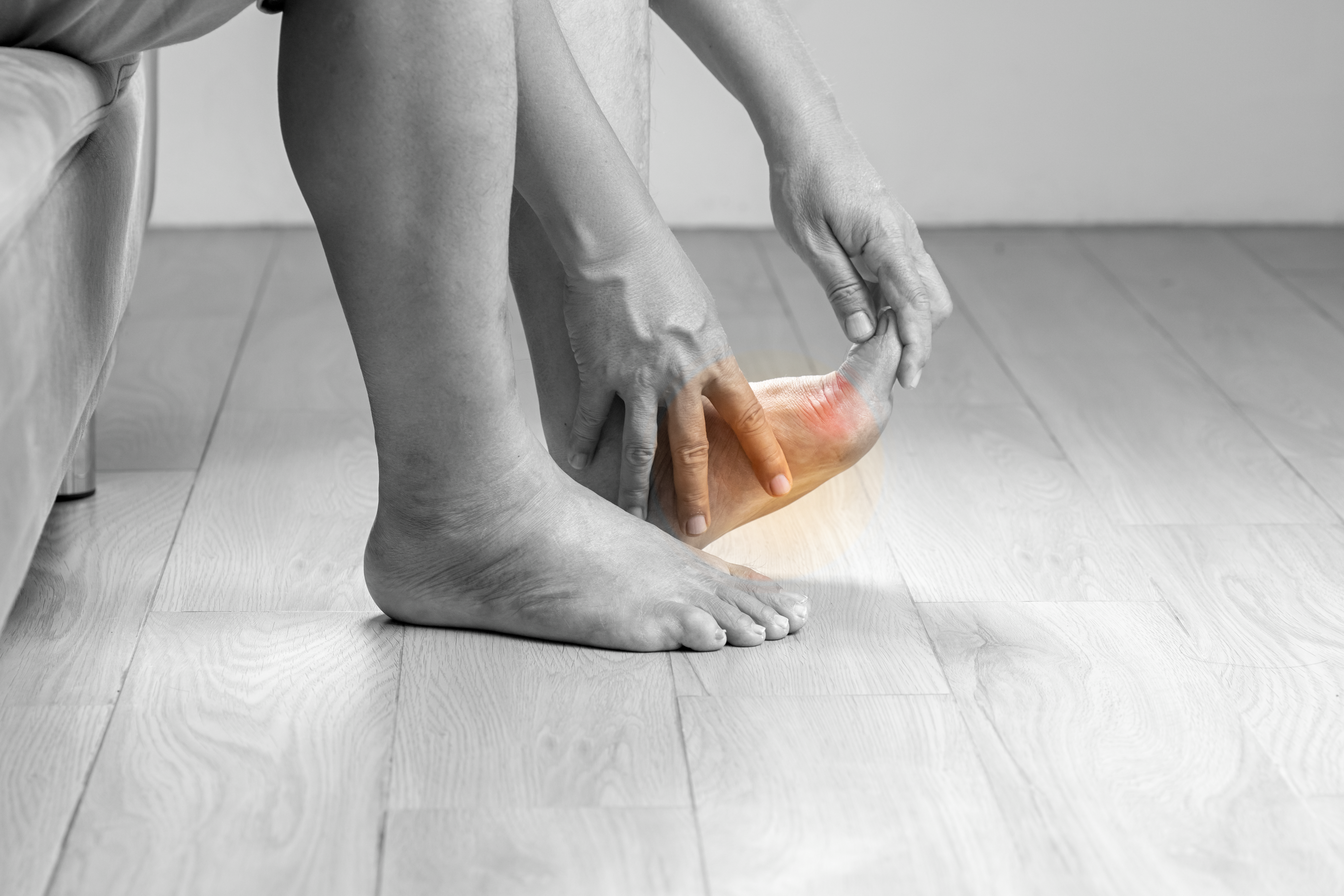Plantar Fasciitis - Leading Cause of Foot Pain!
Plantar fasciitis is the most common cause of heel pain, found in 10% of the general population 22% in runners with 83% of individuals between the age group of 25 and 65 years due to repeated weight b

Plantar Fasciitis
Plantar Fasciitis - Leading Cause of Foot Pain!
Plantar fasciitis is the most common cause of heel pain, found in 10% of the general population 22% in runners with 83% of individuals between the age group of 25 and 65 years due to repeated weight bearing on the foot during regular activities and sports. The Plantar fascia is a band of tissue that connects the balls of your foot to the heel acts like a shock absorber, & supports the arch of the foot.
How to Identify Plantar Fasciitis?
Plantar fasciitis has dull/sharp pain with tenderness at the bottom of the heel. It might develop suddenly or gradually and extends up to the great toe. Pain is worse in the morning or after a period of rest, with discomfort during the initial few steps, and improves as the person continues to walk.
Why does one get Plantar Fasciitis?
Plantar Fasciitis is a typical overuse injury in athletes – this could be because of running on hard surfaces or standing for prolonged periods. The repetitive strain results in swelling and small tears in the plantar fascia. Other conditions include having a high arch of the foot, bad footwear, obesity, tight calf muscles, Achilles tendonitis, heel spurs, or stress fractures that mimic plantar fasciitis and need to be ruled out.
How is Plantar Fasciitis Treated?
Generally, mild to moderate pain is treated by applying ice for 3-4 days for 15mins, two times a day, but if it continues for a couple of weeks then the physiotherapist can help. We will examine your foot and recommend activity modification, ice, and strapping. Often rehab is helpful, which includes stretching and strengthening the calf and lower body muscles. Studies have suggested that plantar fasciitis can happen due to weakness in muscles such as the core and glutei also. Hence a thorough physical examination and muscle imbalance assessment by a Physiotherapist are essential.
How Long Will my Recovery Take?
Plantar fasciitis usually heals within 6-12 weeks with rehab. Resting, stretching the muscles, and doing low-intensity exercises are advised. Avoiding too much strain on the heel for the first 2-4 weeks can speed up the recovery time for plantar fasciitis.
How Does Physiotherapy Help?
Physiotherapy focuses on important aspects such as Stretching calf muscles, wearing proper footwear, using appropriate shoe inserts, limiting physical activity including prolonged standing, and, maintaining ideal weight. Therapeutic modalities such as ultrasound, Tens, myofascial release, dry needling, taping, stretching, and strengthening exercises are helpful.
In athletes and active individuals, we not only focus on rehabilitation but identify the factors that cause recurrent injury. Identifying biomechanical abnormalities, improving flexibility, strength and, ability to tolerate load, observing and modifying running or walking style and, returning to the previously aggravating activity helps prevent recurrences.